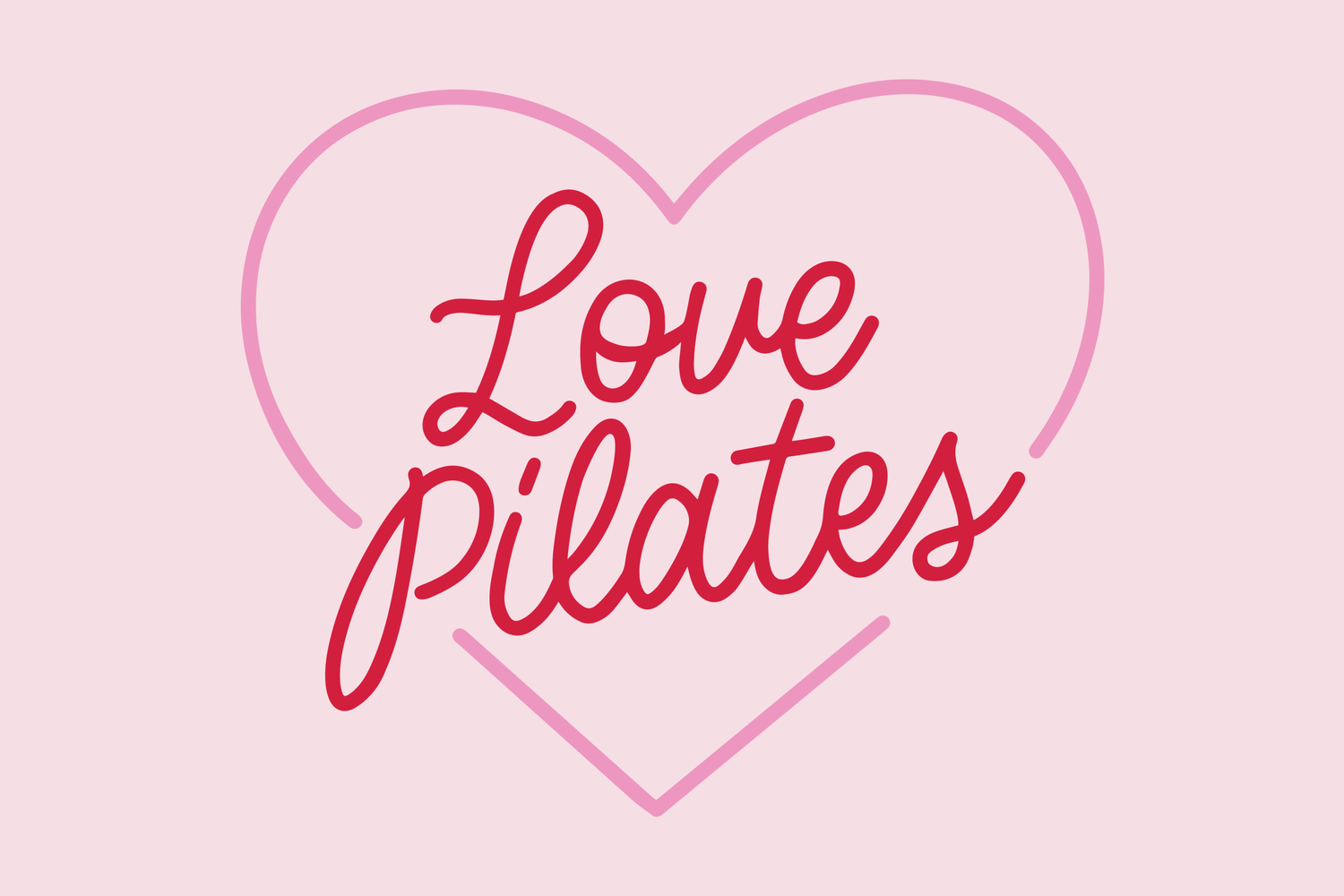What is the Pilates Tower?
You know and love the Pilates Reformer, but what is the Pilates Tower?
At Love Pilates, we often get questions from clients about the Pilates Tower. What is it? How is it different from a reformer? What are the benefits of doing Tower classes? In this article, we will provide you with comprehensive answers to these questions, and more.
Introduction to the Pilates Tower
The Pilates Tower is a piece of Pilates equipment that is used to strengthen, stretch, and tone muscles. It consists of a vertical frame, with various attachments such as a push-through bar, roll-down bar, and arm springs. The tower is often compared to a Pilates reformer, but it is unique in its design and functionality.
How is it Different from a Reformer?
While the Pilates reformer and tower are similar in that they are both pieces of Pilates equipment, there are a few key differences between the two. The Pilates Tower is a vertical frame, while the reformer is a horizontal carriage that slides back and forth. The Pilates Tower has a limited range of motion compared to the reformer, which allows for greater movement and variety of exercises.
Benefits of Using the Pilates Tower
The Pilates Tower offers a variety of benefits that can help improve your overall fitness and well-being. Some of the key benefits of using the Pilates Tower include:
Improved Core Strength: The Pilates Tower is an excellent tool for strengthening the core muscles, which are essential for maintaining good posture and balance.
Increased Flexibility: The various attachments on the Pilates Tower can help you stretch and lengthen your muscles, improving flexibility and reducing the risk of injury.
Better Balance and Coordination: The tower can help you develop better balance and coordination by challenging your body in new and different ways.
Full-Body Workout: Using the Pilates Tower can provide you with a full-body workout that targets all major muscle groups, helping you to tone and strengthen your body.
How to Use the Pilates Tower
Now that we’ve discussed the benefits of using the Pilates Tower, let’s talk about how to use it. The tower can be used for a variety of exercises, including:
Arm Springs: The arm springs can be used to strengthen the upper body, particularly the arms and shoulders. They can also be used to work on posture and alignment.
Push-Through Bar: The push-through bar is a great tool for working on the lower body, particularly the legs and glutes. It can also be used to improve flexibility and balance.
Roll-Down Bar: The roll-down bar is used to stretch and lengthen the spine, as well as the back and hamstring muscles.
How do I Get Started Using the Pilates Tower?
We offer Beginner Tower, Love Pilates Tower (for those with more experience) and Pre/postnatal Tower classes at Love Pilates. Just like with our Beginner Reformer classes, Beginner Tower classes have a slightly slower pace so you can get used to the equipment and exercises and work on technique. From there you can progress to our Yoganic Tower classes to challenge yourself more!
What if I'm Pregnant or Just Had a Baby?
If you're pregnant or just had a baby you jan join our Pre/Postnatal Tower class. These classes incorporate more stretching than our regular classes to ease the aches and pains of pregnancy and new motherhood. Pre/postnatal classes are designed to safely build and maintain your strength to take you from pregnancy through to motherhood.
Conclusion
The Pilates Tower is a versatile piece of Pilates equipment that offers a variety of benefits for individuals of all fitness levels. It can be used to improve core strength, flexibility, balance, and coordination, while providing a full-body workout. By adding Pilates Tower classes into your fitness routine, you can take your Pilates practice to the next level.
If you're new to Love Pilates and want to try Tower classes - don't forget to purchase our New CLient Intro Offer.
